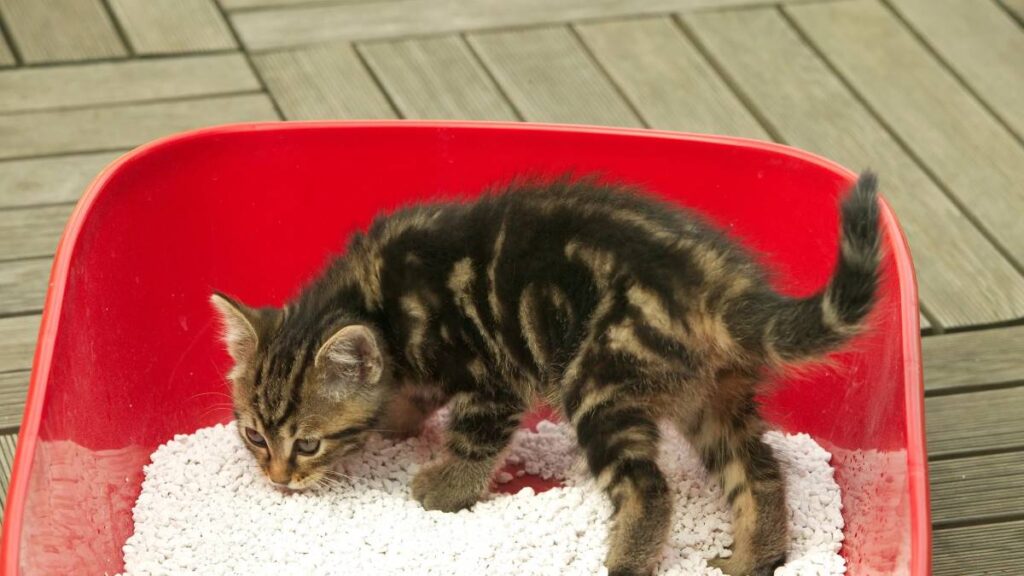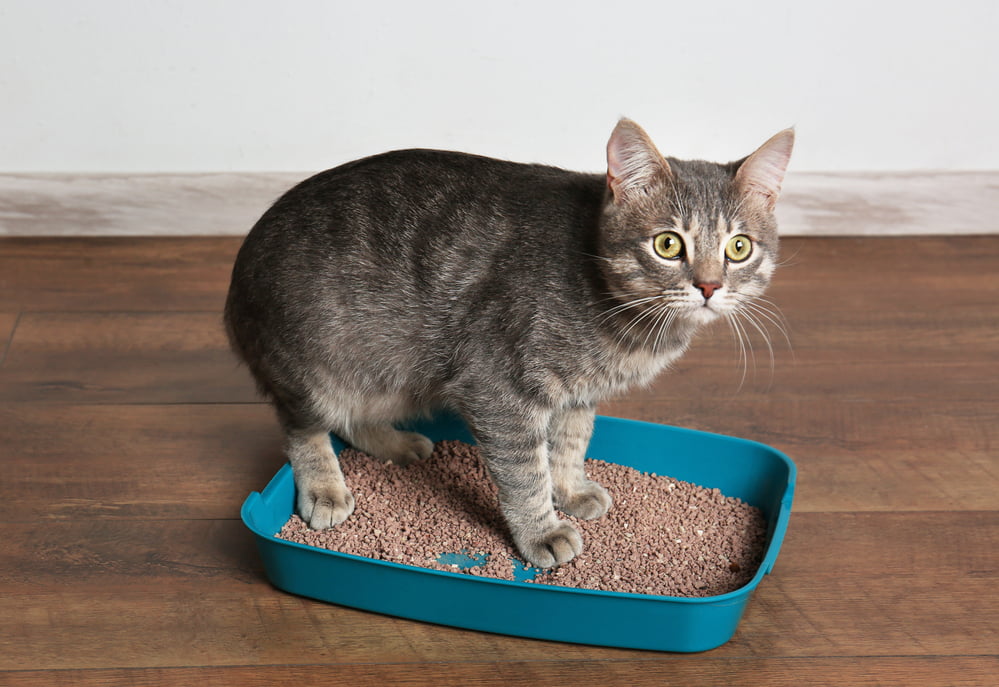How Much Litter Should Be in a Cat Litter Box?

Too much or too little litter can create a host of problems for your cat(s). Getting the right amount of litter can be pretty tricky, especially if you are a first-time cat owner.
In this article, we will go over the proper measurements and litter amount that should be in a litter box. We will also address various issues that can arise with both too much and too little litter, and how to identify such situations.
The Right Amount of Litter
The universal rule of thumb is to have 2-3 inches of litter in the bottom of the litter box. This depth allows your cat to bury their waste comfortably while still leaving enough litter on top for you to easily scoop out any clumps.
For a single cat, one large litter box or two smaller boxes should suffice (for the sake of variety). For multiple cats, you should have one litter box per cat plus one extra.
There are other factors to consider as well.
For example, if your cat is the type to dig around a lot before pooping, you might want to add a little more litter (3 inches), otherwise, 2 inches should be enough. The size of the cat is also another important factor. Maine coons and Ragdolls are significantly larger than the average cat and must be accommodated accordingly (e.g. 3 inches minimum).
Not using the right amount of litter will likely cause your cat to begin ignoring the litter box, and pooping elsewhere. This is something you want to avoid at all costs.
Problems with Too Much Litter

A common misconception with regards to the amount of litter is that “more is better”. However, having too much litter in the box can actually create more problems than it solves.
Here are some problems that can be caused by too much litter:
- Waste gets buried: When there is too much litter, your cat may bury their waste so deeply that you can’t scoop it out easily (or worse, you can’t find it). This can lead to an unpleasant buildup of waste in the litter box. An excess of buried waste then leads to foul odors and makes the litter box more difficult to clean.
- The litter gets kicked out: Cats like to play around a bit and kick the litter around before taking a dump. If the depth of the litter is too great, your cat may kick litter out of the box when they bury their waste. This can create a mess around the litter box and make it more difficult to keep your home clean.
- Losing their foothold: If you add too much litter, your cat will have trouble standing inside the litter box. Litter is not as densely packed as regular earth, and can shift around easily, causing your cat to lose balance. This is especially troublesome for cats with physical issues (like arthritis).
- Waste of money and litter: Using more litter than necessary is a big waste of litter and money. Your hard-earned money would be better spent elsewhere. Like some nice treats for your cats.
Problems with Too Little Litter

On the other hand, having too little litter in the box can be just as problematic. Here are a few issues that can arise with too little litter:
- Waste isn’t covered: If there isn’t enough litter in the box, your cat’s waste may not be fully covered. This leads to unpleasant odors (since the litter isn’t enough to cancel out the odor) and a dirtier litter box.
- Litter box becomes difficult to use: If the depth of the litter is too shallow, your cat may not be able to bury their waste comfortably. This can lead to an increase in litter tracking and a dirty litter box. Or worse, they will refuse to use it. In which case, you get a clean litter box, but a dirty house.
- Waste gets stuck: If there isn’t enough litter in the box, clumps of waste may get stuck to the bottom of the box, making it difficult to scoop out and leading to an unpleasant buildup of waste in the box.
Final thoughts
In conclusion, stick to the general rule of thumb of 2-3 inches of litter, and make adjustments accordingly (depending on the size, age, and breed of your cat). It may take some trial and error, so be patient.
Don’t forget to regularly clean out the litter box, and change the litter periodically (about every two weeks) to avoid any potential spread of harmful zoonotic diseases.


